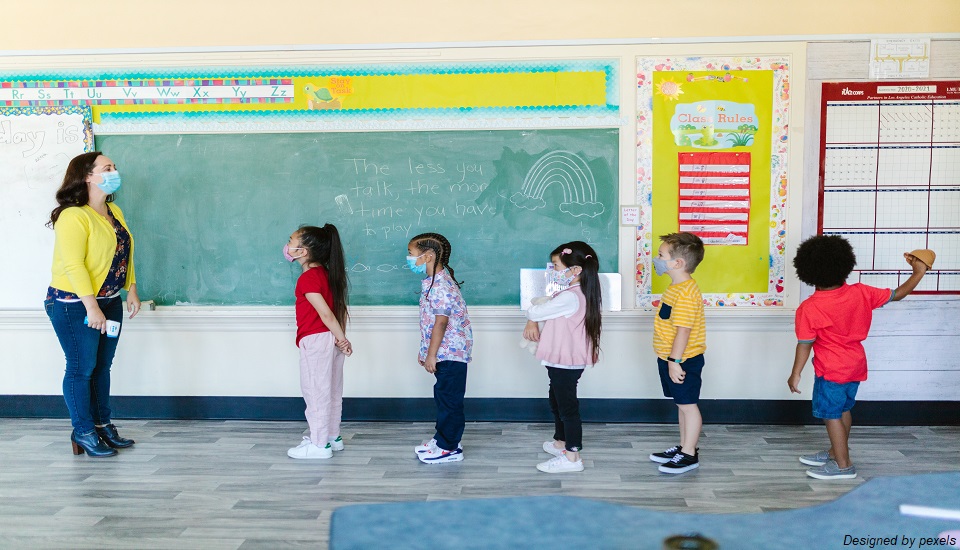Rapport Building In An ESL Classroom With Alluring Strategies
One of the most impenetrable components of an ESL teacher is to build rapport with their students. While this takes time it can be even more frustrating than presenting your favorite topic and finding blank faces staring at you. While rapport building is extremely essential in an ESL classroom, it is also not something that comes naturally to most teachers. Thus, if you are trying to make your classes interactive and engaging start first by enrolling yourself in an in-class or online TEFL course.
As for methods, here are some positive rapport-building tips you can apply to create a comfortable classroom environment.
What Is Rapport And Why Does It Matter?
Well, before we dive into the various techniques let us first understand what rapport building is.
Rapport is often considered to be a fruitful relationship built on respect and trust between students and teachers. It is also one of the primary factors leading to a student feeling competent, capable, and creative so that they can discover their true potential. A class with a good rapport emits positive and enjoyable energy where learning becomes more seamless.
As a teacher, you must understand that the beginning of 5-10 minutes sets the tone of your class. Thus, you need to set the right trajectory to get the entire class flow correct. In order to achieve this it is incredibly vital for educators to incorporate rapport-building activities that will inspire and engage students right away.
Ways To Build Rapport In An ESL Classroom
There are several ways that facilitate a positive classroom community filled with introverts and extroverts. Here are some of them.
- Learn Their Names
This is a no-brainer but learning and remembering each and every student’s name is the first step to rapport building. Memorizing plenty of names in a language that you are not fluent in can be cumbersome however, you will be able to address each learner personally and it will encourage a two-way dialogue class.
There is no shame in admitting that it is tough to memorize all the names and that too in a foreign language. However, dot gives up and tries whatever strategies work for you like labeling their seating places, keeping a yearbook, etc.
- Use Collaborative Activities
It is normal for students to think that they are respecting you by staying quiet in class. However, this can ruin the dynamics of the class and also make you uncomfortable. Thus, if you find your students not responding even after being called upon then try to involve them in group activities.
Split your class into two or more groups depending on your class strength and conduct games like scavenger hunts, speed friending, etc. This will help you to break the ice and help them get along with each other and also with you. This might also have a cumulative effect when students not only have fun but are encouraged to speak up.
- Bring Personality To Your Classes
As a new TEFL teacher, you might be nervous, but your class is equally anxious. Hence, you can't expect your students to open up right on their first day, but don't let that take away your shine. Showcase a little bit of the real you while maintaining professionalism to encourage that rapport-building with your students.
Introduce yourself and express a little bit of yourself in every class to help your students understand you better and encourage them to do the same. This can go a long way toward building a two-way engagement session.
- Learn Their Interests
While you are trying to keep your students interested, it is always recommended to learn their interests as well. Pay attention to their learning style, what activities capture their attention and what conversations keep them most interested.
Additionally, learn about the extracurricular activities they participate in, what is their favorite song, who is their favorite artist, etc, and try to incorporate them into your teaching. For example, ask them to write the lyrics of their favorite song or teach them vocabulary related to their favorite sport.
- Be Mindful Of Your Expectations
If you are expecting your ESL classroom abroad to be exactly like your home country, you might be setting yourself up for disappointment. This is because every culture and every school is different. The standards of normal behavior and etiquettes also vary depending on the place you teach.
Thus, what might seem unusual to you is normal there and vice-versa. However, this does not mean that you should not strive to build rapport with them. The key here is to not give up and learn about the cultures and standards of the place you are teaching at. Control what you can and don't stress about the factors that don't fall under your power.
The Final Takeaway
The change will not happen overnight but if you put your efforts and keep working towards it your students will eventually grow more comfortable with you. As long as you are willing to break the boundaries of traditional teaching and walk that extra mile, your ESL classroom experience will be a rewarding one. Additionally, if your ultimate goal is that of becoming an English teacher and teaching abroad then consider pursuing an in-class or online TEFL course to have an edge over the others.




